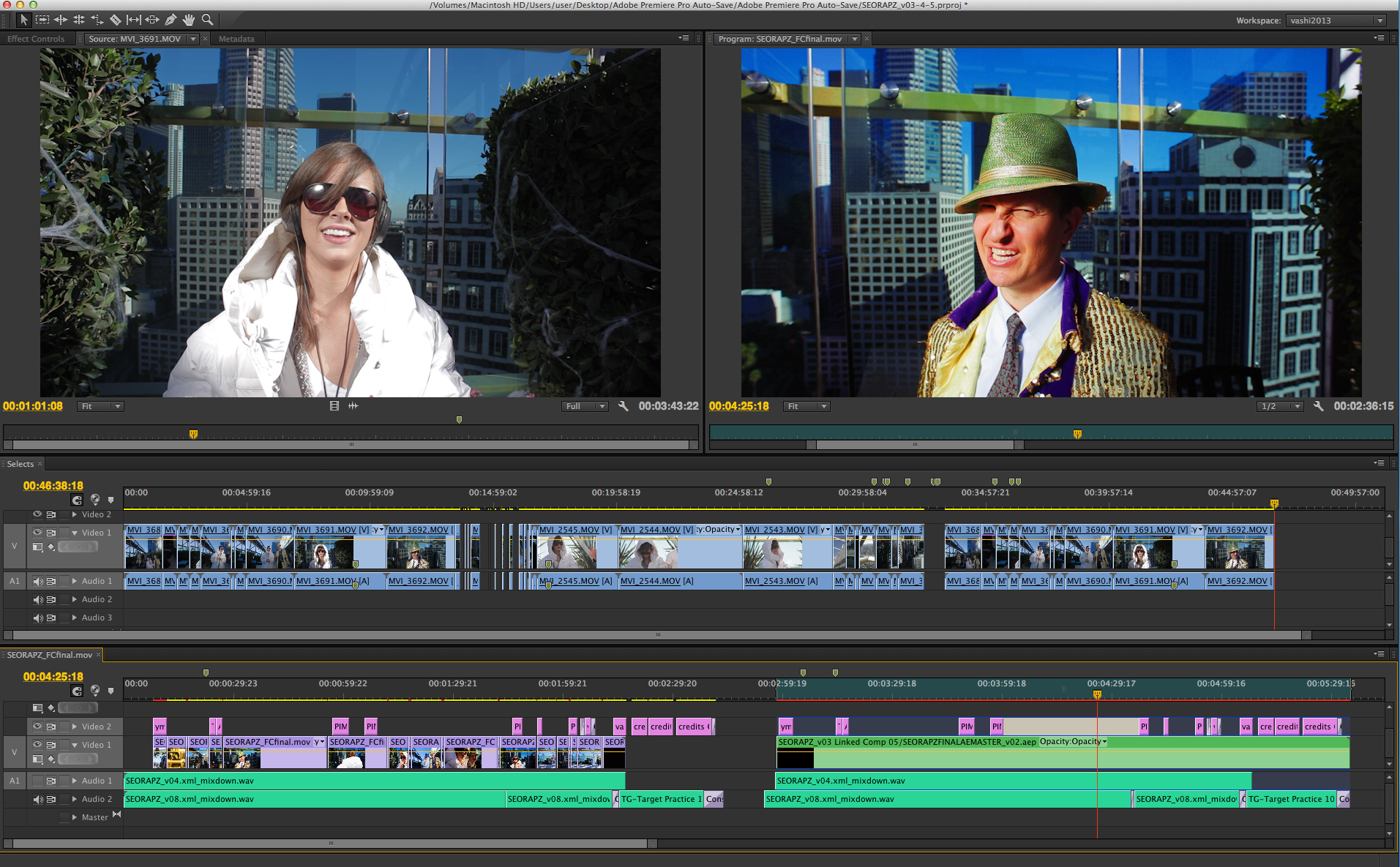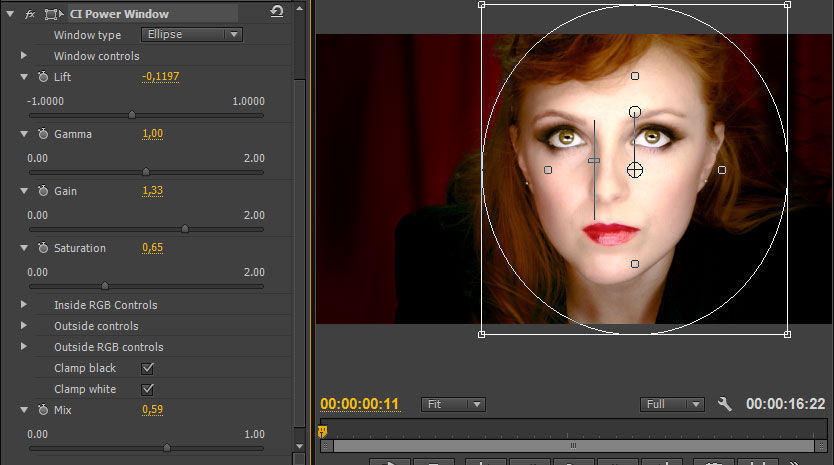Adobe Premiere Pro Tutorial Round Up
Adobe Premiere Pro is seemingly successfully angling its way into the must have next NLE for many editors and production companies. Given that Premiere Pro CC will seamlessly integrate with After Effects and Photoshop (the two Adobe products you’re most likely to already have entrenched in your post production arsenal) and that to many FCP7 editors it represents the FCP8 we never received, Premiere Pro could well be your next NLE of choice.
Oliver Peter’s offers a few thoughts on his blog on the FCPX vs Premiere Pro debate comparing and contrasting the two programs in some detail. It’s well worth a read if you’re still pondering or you could simply download the free trials of each and give them a whirl yourself.
If you’re still cutting on FCP7, and possibly still on Snow Leopard then be aware that Premiere Pro requires Lion or above to even download from the Creative Cloud. You should be able to upgrade to Mountain Lion for a few bucks from the Apple App Store over the top, or why not do a fresh install and treat yourself to a new internal SSD drive at the same time?
Adobe Premiere Pro CC 7.0.1
So what’s new in Adobe Premiere Pro CC 7.0.1? For a full run down check out the official update page or watch this 15 minute overview from Retooled.net will take you through most the new features in this latest point release. For whole bunch more videos on the features that were new to the original CC version check out this previous post.
Tips for Switchers:
In this post from Clay Asbury on PremiumBeat.com he walks through ten features FCP editors will love in PPro including matching frames and manually setting sequence timecode. In another post Clay offers 10 great tips for FCP editors understanding how FCP7 things now work in Premiere. Things like settings scratch disks, using markers and activating sync lock. In this third post Clay looks at some of the smaller but just as useful additions including out of sync indicators for unlinked clips and waveform improvements.
Editing In Premiere Pro
In this quick webinar excerpt Larry Jordan talks through the new and improved trimming functions in Adobe Premiere Pro CC. And in this excellent post from Vashi Visuals, you can learn 5 great tips for editing music videos inside Premiere, including the ‘Pancake Timeline’ technique. It’s also a great read if you are new to editing in general.
Although these tips from Jeff Greenberg are for editors making the jump into Premiere Pro CS6 they are just as pertinent for PPro CC and include things like understanding the core Premiere workspaces and remapping your keyboard (or not). Speaking of shortcuts PremiumBeat has a quick tip on using the Shift+(a number) to hop around the interface.
In this short video Josh from Retooled.net demonstrates the time savings of using Smart Rendering and Preview files when working inside Premiere. A great tip to know!
Colour Grading in Premiere Pro
In this webinar excerpt Larry Jordan demonstrates how to correct your footage inside Premiere Pro, specifically skin tones, in a few easy steps. And in this short clip Larry uses an adjustment layer to apply Speedgrade Lumetri looks in the Premiere Pro timeline.
In this video Andrew Devis walks through how to use Speedgrade Lumetri looks inside Premiere Pro to apply timesaving custom looks in greater detail including creating your own preset looks inside Speedgrade and importing them into PPro.
CreativeImpatience.com has this quick warning about the way curve controls work inside Premiere Pro CC 7.0 (some of this has been fixed in 7.0.1) which means that they clamp off shadow and superwhite detail that would otherwise be accessible. You can also download some free plugins (Vignette, Power Window etc) from the Creative Impatience site.
Audio Tips and Tricks in Premiere
Film Sound Color has this quick tutorial on working with audio inside PPro CC, including editing, mixing and adding effects. Gerard from Strypes In Post has written up an easy to follow guide to exporting multichannel Quicktimes in PPro CC.










